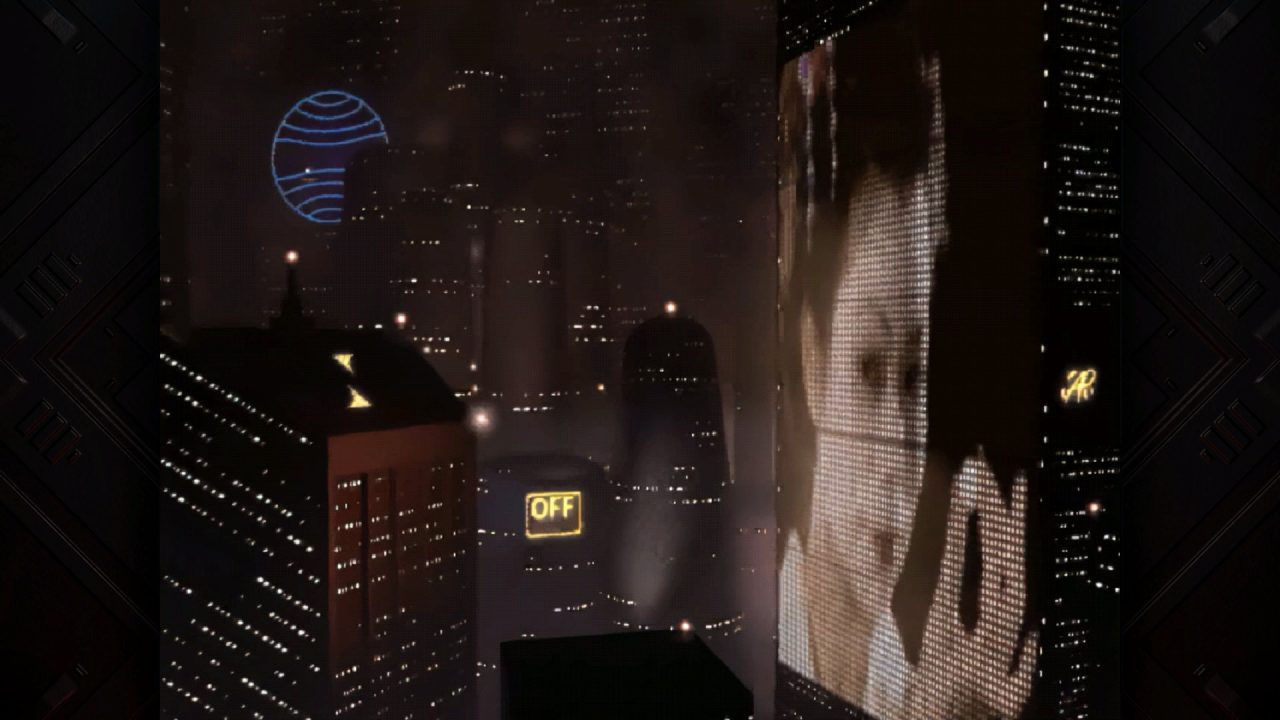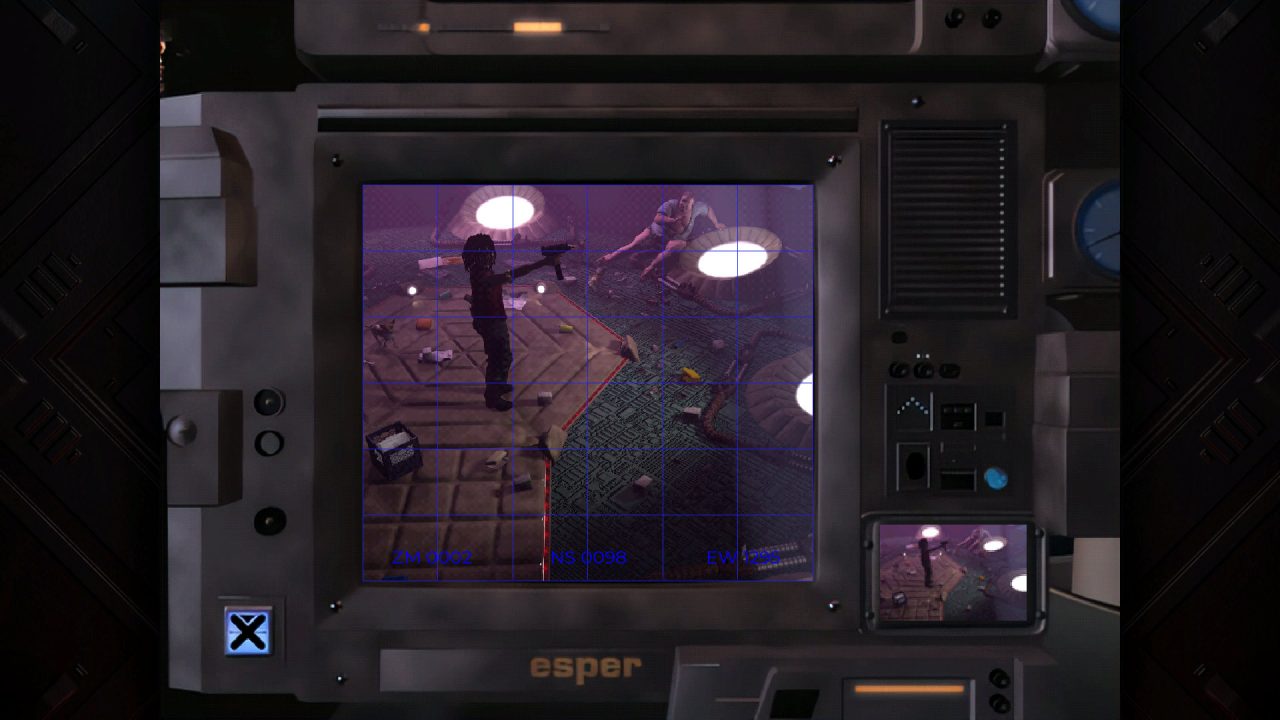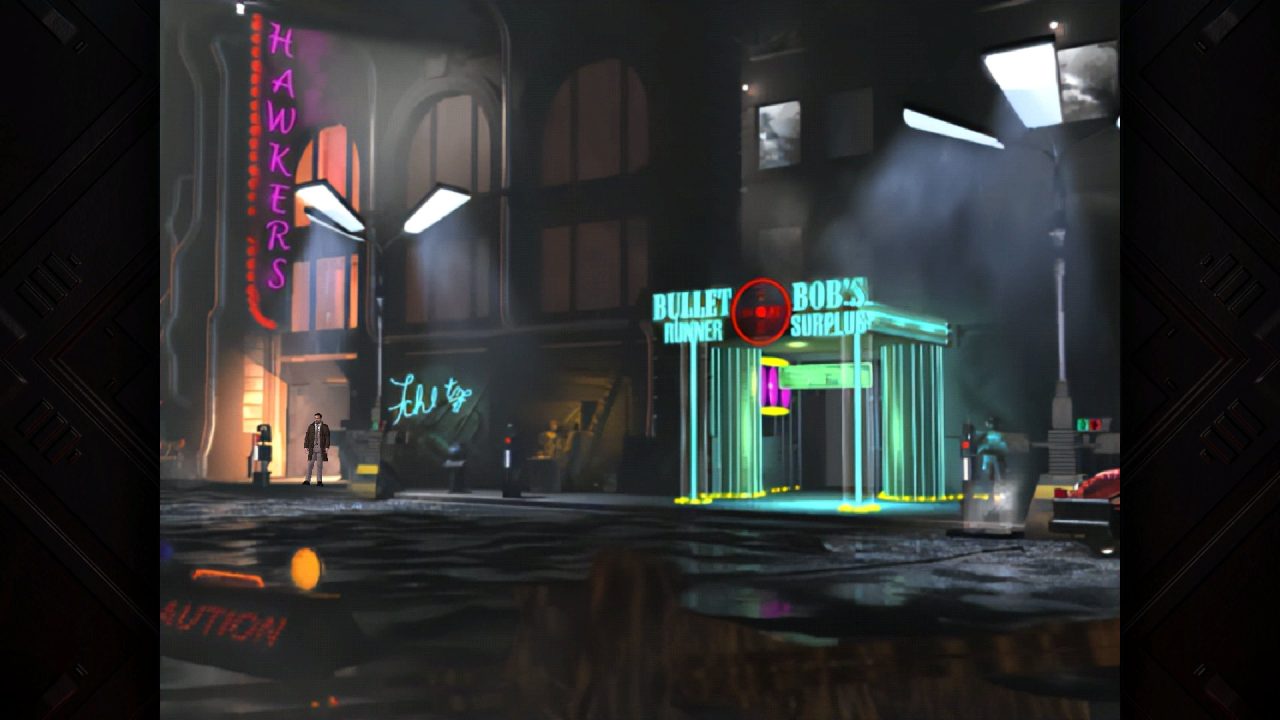“This was not called execution. It was called retirement.” This quote sums up one of the main plot points in the Blade Runner universe: in a bleak alternate timeline, artificially created humans known as Replicants are used as slave labor in off-world regions. Replicants eventually began protesting their harsh treatment and some rebelled with tragic consequences, leading to the banning of their kind on Terra (or Earth, as we refer to it). A sect of the police known as Blade Runners investigate cases where Replicants might be hiding in plain sight among the teeming masses of an overcrowded city, given full authority to dispose of the “skin-jobs” once uncovered. When what you’re hunting is so close to human already that they can easily pass as one—when the line between what is accepted as real and what is artificial is so twisted and blurred that one can’t really tell the difference anymore—is what the Blade Runners do truly as clear-cut as the term “retirement” makes it seem? The Blade Runner series has always posed that question for fans, and Nightdive Studios’ Blade Runner: Enhanced Edition continues the tradition in a fascinating narrative that remains true to the heart of the series, albeit in not-so-remarkable a way as the point-and-click game initially released in 1997.
Despite being based around a 1982 cult-classic film of the same name, the Blade Runner series has seen some creative growth in recent years. Following a critically acclaimed (yet sadly underperforming) sequel film, excellent comic book tie-ins, and even an anime series called Blade Runner: Black Lotus, it makes sense to bring back the video game adaptation considered one of the best examples of a licensed movie tie-in. A large sect of Blade Runner fans who more recently got into the franchise haven’t yet experienced the game, myself included. Truth be told, I only discovered the cyberpunk noir glory of the original film during a film studies class several years after its initial release, so I was quite eager to figure out what all the fuss was about over the video game! What I discovered is a solid, albeit dated, graphic adventure experience that is unfortunately hindered by the so-called “enhancements” thrown in with it.

Blade Runner: Enhanced Edition stars Ray McCoy, a newly recruited Blade Runner initially tasked with investigating a supposed Replicant killing spree of animals at a sleazy vendor’s store, though he soon uncovers a larger conspiracy and cover-up involving Replicants within the city that may even tie into his own background. McCoy gathers clues throughout the city to connect these seemingly separate (on the surface) cases and ultimately must decide what kind of Blade Runner he truly is through his actions: one who cuts down his targets no matter what, or someone who actually sympathizes and perhaps even shows mercy to them? Based on witnessing random scenes while playing, performing actions, and gathering evidence, there are multiple endings and variations to uncover.
I played the game on the Switch and found controller support easy to utilize despite the title’s point-and-click nature. This is probably a good thing, as there are no real tutorials to speak of and you probably want to invest in a guide of some kind if you’re the player wanting to uncover everything the narrative has to offer. The clicker turns green when highlighting an object or person of interest, and it turns blue when you reach an exit to a given area. That’s really the gist of gameplay for the most part, save for a clunky combat mode where you draw a gun and move the crosshairs to target objects. It isn’t the worst system I’ve ever seen in a game, but it isn’t the best either, and it takes some practice to figure out how to utilize combat quickly during more intense/timed events.
You have a menu to access where all your gathered clues and persons of interest are listed. However, I find the menu more cumbersome and unappealing than actually helpful. Fortunately, you don’t need to access it at all, since the game helpfully prompts you to present evidence as needed. You also have the option of performing a Voight-Kampff test on certain people throughout Blade Runner. Those familiar with Blade Runner will remember that the Voight-Kampff is a series of questions, and the responses help determine if the respondent is human or Replicant (within a margin of error, one might add). I used the option sparingly myself, given how volatile characters were about having to take it. You’ll also use the Esper at times, a machine that Blade Runner fans will recall that allows one to zoom in and out of photographs to uncover more evidence during investigations. Other helpful features are that you can save at nearly any time outside of story events, there are multiple difficulty levels, and you can initially tailor McCoy’s personality at the start of a playthrough to change up dialogue.

There is a level of randomness to factor in when playing Blade Runner too, so certain scenes may or may not pop up. For example, I found myself getting locked out of several of the optional movie tie-in scenes during my initial playthrough. The game randomly determines which characters will or won’t be Replicants during the cases you investigate, leading to different outcomes. While I understand the replayability factor this provides in theory, since there is no guarantee that you’ll get different results by playing again, it can become a source of frustration. The backgrounds that McCoy explores also tend to be expansive, which makes walking or even running through them take up some time. Blade Runner is roughly eight hours to complete, but it feels like half of that time is just getting McCoy from point A to point B.
So far, the game sounds like a relatively decent, if a little dated, graphic adventure. But, in all honesty, this version’s so-called “enhancements” hinder the title more than help it. The original source code for Blade Runner was lost, so this enhanced version was built from the ground up through reverse engineering. The developers made a few adjustments to help “smooth out” the frame rate, but as a result, the game loses some of the visual edge and grittiness expected in Blade Runner. For instance, I knew that it was supposed to be raining due to sound effects and the fact that NPCs were carrying umbrellas, but the “smoothing over” of the graphics made the rain become near impossible to actually discern. The backgrounds still mostly look detailed and fitting for the mythos of the Blade Runner universe, but they lose a bit of the noir style in transition that the series is renowned for.
Characters are blurry, pixelated messes in-game, with McCoy and other vital characters seemingly lit by their own personal flashlights, giving the game an unintended diorama feel. The FMVs also haven’t aged well, alongside certain character tropes that probably wouldn’t meet today’s standards. Initially, the game lacked widescreen support, with two black bars on the left and right sides that can be somewhat distracting, though widescreen has since been added as an optional screen format. Subtitles are available during in-game scenes now, but they are some of the blandest and uninspired subtitles I’ve ever seen. The FMV cutscenes do not have them at all, so I’d still be hard-pressed to recommend the game to those with hearing difficulty. Sound effects and music get cut off too early, breaking the whole immersive experience, which is a shame given how iconic the music score for Blade Runner is.

I should note that those who pick up the Blade Runner: Enhanced Edition for PC will also have access to the original version of the game as restored by fans, often known as the ScummVM version. I feel that version is actually the definitive version of the title to play. However, its inclusion brings to mind ethical questions since those very fans aren’t getting any backing or credit for their work, despite the decision to package their version with an inferior product. People who pick up the game on console will have to make do with the “enhanced” version, which isn’t necessarily terrible if it is your first exposure to the game, but it certainly isn’t ideal either.
That isn’t to say there aren’t some glimmers of greatness in Blade Runner: Enhanced Edition. I can honestly see why the original 1997 version of this game received its accolades. At its core, the storyline is a Blade Runner tale, one that fans of that universe should probably experience at least once. Though, given how satisfied I was with the ending I received and the randomness factor at play in the game, I don’t necessarily think repeat playthroughs are necessary. I enjoy McCoy as far as Blade Runner protagonists go, and I love the bond he has with his dog Maggie (who is totally best girl!). Clovis is a compelling and somewhat sympathetic antagonist that makes you think about the conditions Replicants are forced to endure, like their four-year lifespans. The lore in this title for the Blade Runner universe is substantial, and the voice acting is top-notch, both from new characters and those actors reprising their roles from the original film. Until they decide to create a fully-fledged Blade Runner RPG (which would be awesome, by the way!), this game adaptation is far from the worst I’ve played despite its flaws. Hopefully, the periodic patches Nightdive has been releasing will further smooth out some of the game’s rough spots.
Still, in regards to point-and-click graphic adventure cyberpunk tales specifically on the Switch? I can quickly point you to two better, more up-to-date contenders to look into if you don’t have a passing fondness for the Blade Runner universe: The Sundew and Gamedec. It isn’t yet retirement time for the Blade Runner game, but as enhanced versions go, this one takes a solid game and sadly weakens it, much like a Replicant’s limited timespan tragically does to them.


